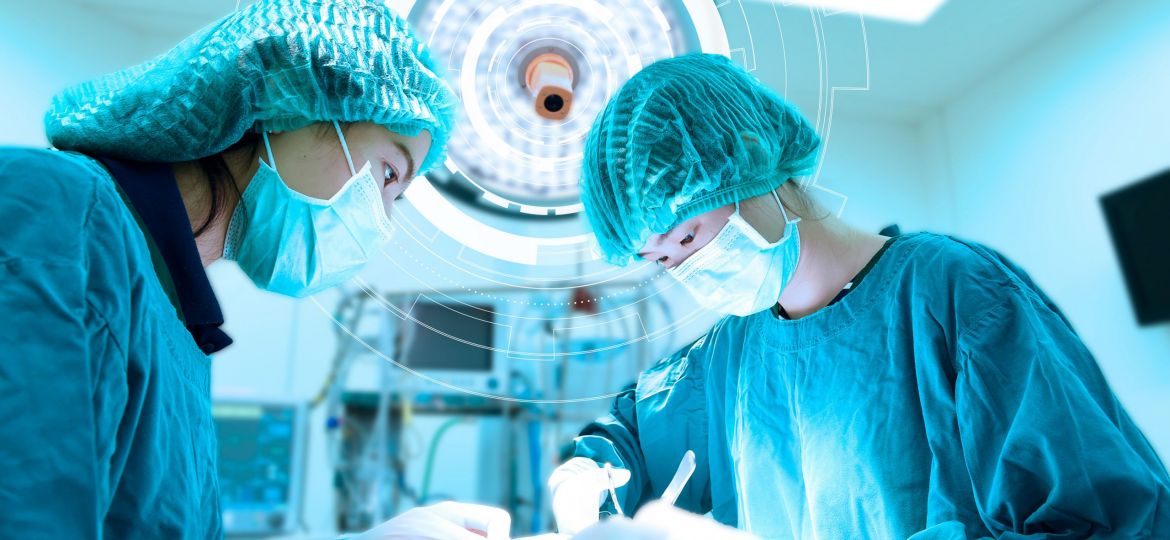
A major technological advance is taking hold at the heart of surgical medicine, with the introduction of real-time video assistance in operating theatres. This new approach aims to provide surgeons with instant visual support, improving the precision of operations and opening the way to new medical possibilities and overall improvements in patient care.
The rise of operating theatre cameras
The main advantage of real-time video assistance is that surgeons can see crucial information live during the operation. Using high-resolution cameras, anatomical details are magnified and displayed on screens in the operating theatre. This gives surgeons a more detailed view of the surgical site, facilitating real-time decision-making.
A concrete example of the positive impact of this technology is its use in complex brain surgery. Neurosurgeons can now access real-time images of the patient’s brain structure, improving the precision of delicate procedures. In addition, this visual assistance enables close collaboration between members of the medical team, promoting a real-time exchange of expertise.
In addition to its impact on surgical precision, real-time video assistance opens up new perspectives for medical training. Surgeons in training can observe operations live and benefit from the visual advice of their mentors, offering an immersive learning experience.
The emergence of innovative technologies
The integration of specific camera technologies, such as infrared and multispectral cameras, into the operating theatre represents a significant advance in the field of surgery, improving the visualization and precision of operations.
Infrared cameras make it possible to see beyond the surface of tissues, offering in-depth visualisation of anatomical structures. This is particularly useful in surgical procedures where the precise location of blood vessels, nerves or other deep structures is crucial.
On the other hand, multispectral cameras capture information at several wavelengths of light, enabling subtle nuances in tissue to be discerned. This capability can be crucial in identifying tissue variations or abnormalities that might not be clearly visible in conventional white light. They can also be used to improve tumour detection by highlighting specific spectral features associated with certain types of pathological tissue. This allows surgeons to optimise tumour removal while preserving the surrounding healthy tissue.
In the future, the use of artificial intelligence combined with operating theatre cameras could revolutionise surgical practice by offering advanced assistance and more informed decision-making. AI could, for example, be used to detect forgotten instruments, identify anatomical structures, detect tumours or spot anomalies.
UltraSight: the innovative eye for surgical precision
In this evolving context, i2S is positioning itself as a leader in innovation by offering the UltraSight camera, a key element in the optimisation of surgical practices. Its high 4K resolution delivers crystal-clear images, and its wireless connectivity makes it easy to integrate seamlessly into existing surgical suites, minimising disruption and simplifying the adoption process. With this technology, healthcare professionals can perform procedures with greater precision, improving patient outcomes.
